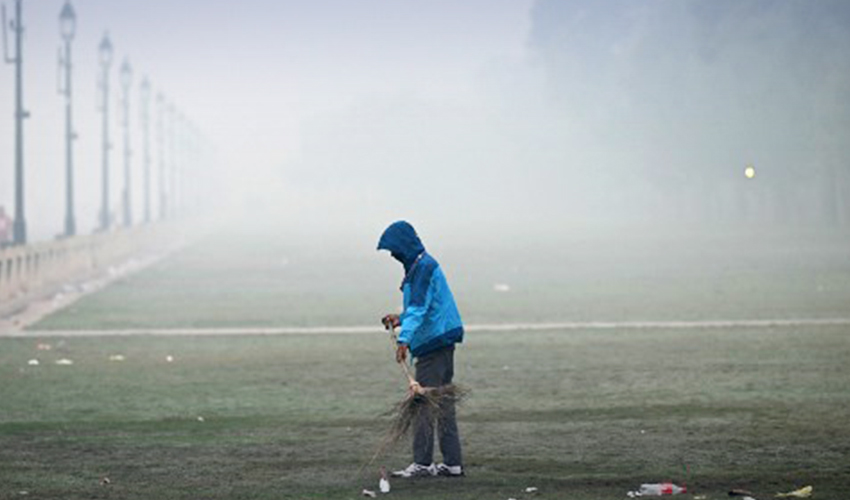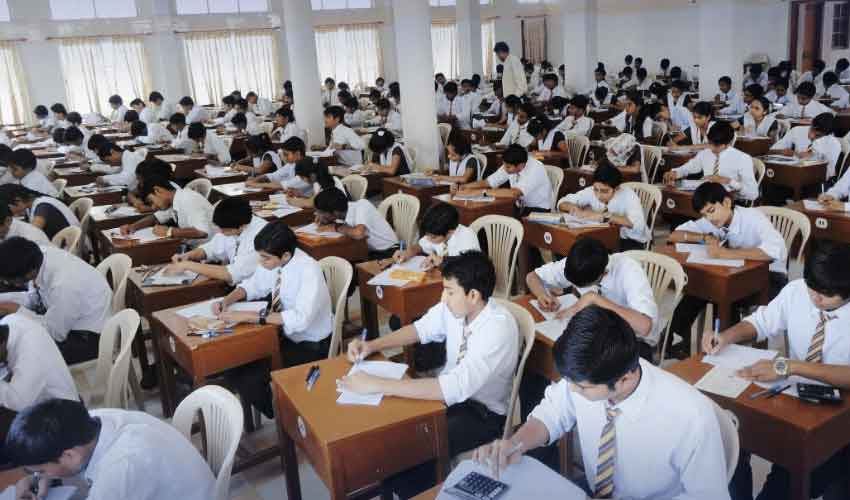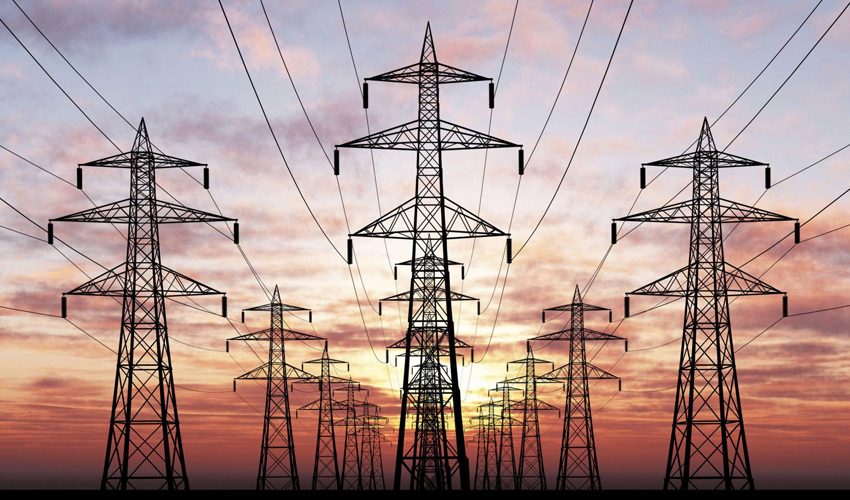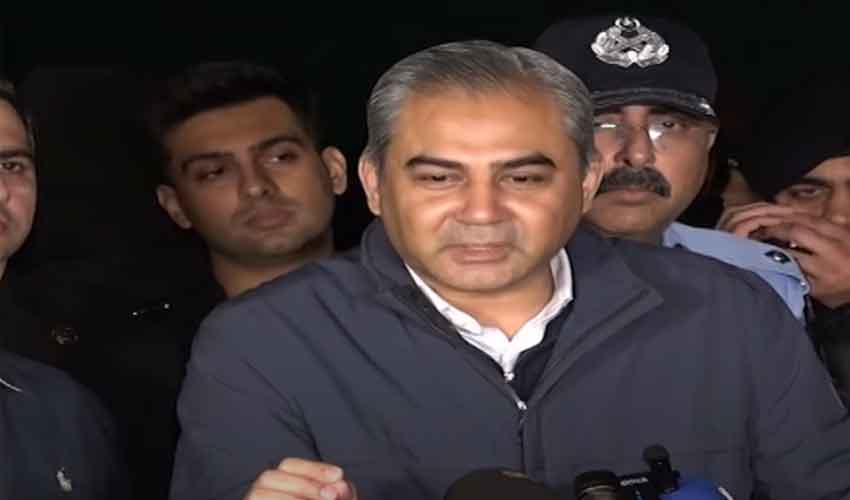On Monday morning, two Indian cities, in addition to New Delhi, found themselves among the world's top 10 worst for pollution, with the air laden with smoke following the celebration of Diwali, the annual Hindu festival of light.
New Delhi, the capital, claimed the notorious top spot with an air quality index (AQI) of 420, categorizing it as 'hazardous', as reported by Swiss group IQAir.
Joining the list, Kolkata in India's east secured the fourth position with an AQI of 196, while Mumbai, the financial capital, ranked eighth with an AQI of 163.
An AQI level of 400-500 is deemed hazardous for both healthy individuals and those with pre-existing conditions, while a range of 150-200 causes discomfort for individuals with asthma, lung, and heart problems. Levels from 0-50 are considered good.
The onset of a thick layer of smog in New Delhi on Sunday night propelled its AQI to an alarming 680 shortly after midnight. Despite annual bans on firecrackers in the capital, enforcement remains sporadic.
The overall air quality in India typically deteriorates ahead of winter, as cold air traps pollutants from various sources, including vehicles, industry, construction dust, and agricultural waste burning.
New Delhi's authorities, responding to a week-long exposure to toxic air, initially delayed implementing restrictions on vehicle usage after a brief spell of rain on Friday.
The local government plans to revisit this decision after the Diwali festivities.



























